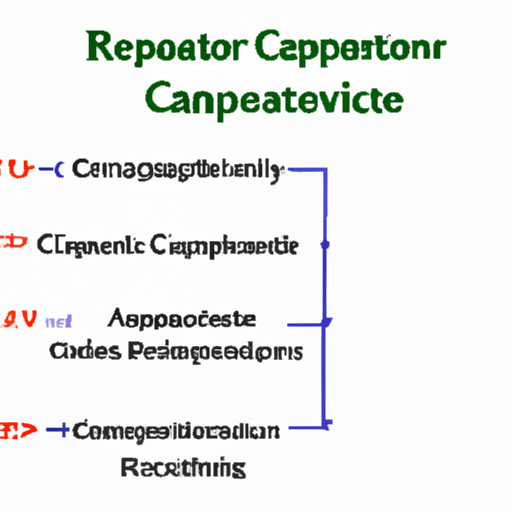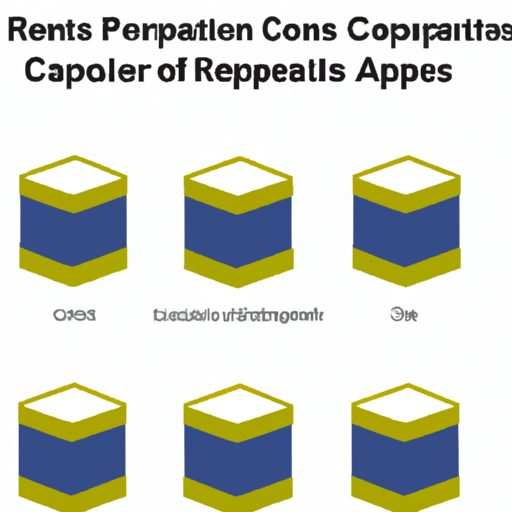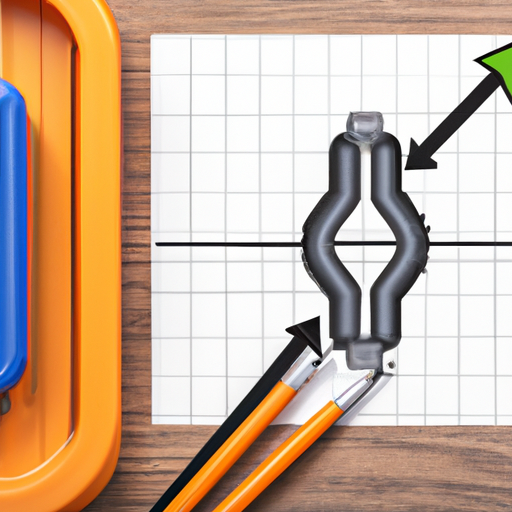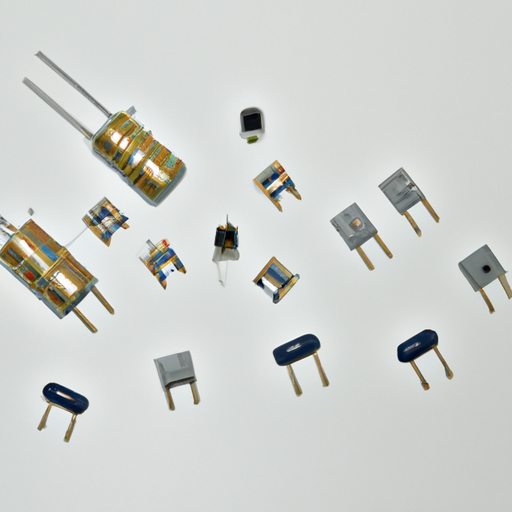What industries do capacitor reactive compensation application scenarios include?
What Industries Do Capacitor Reactive Compensation Application Scenarios Include?
I. Introduction
In the realm of electrical engineering, the concept of reactive power is crucial for maintaining the efficiency and stability of power systems. Capacitor reactive compensation is a technique employed to manage this reactive power, ensuring that electrical systems operate optimally. This blog post will delve into the various industries that utilize capacitor reactive compensation, exploring its significance, benefits, and future trends.
II. Understanding Reactive Power
A. Explanation of Reactive Power
Reactive power is the portion of electricity that does not perform any useful work but is essential for maintaining the voltage levels necessary for active power (the power that performs work) to flow through the system. It is measured in reactive volt-amperes (VAR) and is primarily associated with inductive loads such as motors and transformers.
B. Role of Capacitors in Reactive Power Compensation
Capacitors play a pivotal role in reactive power compensation by providing reactive power to the system. When connected in parallel with inductive loads, capacitors can offset the lagging power factor caused by these loads, thus improving the overall power factor of the system.
C. Benefits of Reactive Power Compensation
The benefits of reactive power compensation include reduced energy costs, improved voltage stability, and enhanced system reliability. By optimizing the power factor, industries can minimize losses and improve the efficiency of their electrical systems.
III. Key Industries Utilizing Capacitor Reactive Compensation
A. Power Generation and Distribution
1. Role of Capacitors in Power Plants
In power generation facilities, capacitors are used to manage reactive power and enhance the efficiency of power generation. They help maintain voltage levels, which is critical for the stable operation of generators and transformers.
2. Enhancing Grid Stability
Capacitor banks are essential for stabilizing the grid, especially during peak demand periods. By providing reactive power support, they help prevent voltage sags and maintain the reliability of the power supply.
3. Reducing Transmission Losses
By improving the power factor, capacitors can significantly reduce transmission losses, leading to more efficient energy distribution across long distances.
B. Manufacturing and Industrial Sector
1. Use in Motors and Heavy Machinery
In manufacturing plants, large motors and heavy machinery often create a significant amount of reactive power. Capacitors are employed to counteract this effect, improving the overall power factor and reducing energy costs.
2. Improving Power Factor in Manufacturing Plants
Many industrial facilities face penalties for low power factors. By implementing capacitor banks, these facilities can improve their power factor, leading to substantial cost savings.
3. Cost Savings and Efficiency Gains
The use of capacitor reactive compensation in manufacturing not only reduces energy costs but also enhances the efficiency of machinery, leading to increased productivity.
C. Renewable Energy Sector
1. Integration of Wind and Solar Power
As the renewable energy sector grows, the integration of wind and solar power presents unique challenges related to reactive power. Capacitors are essential for managing these fluctuations and ensuring a stable output.
2. Stabilizing Output and Enhancing Grid Compatibility
Capacitor banks help stabilize the output from renewable sources, making them more compatible with the existing grid infrastructure.
3. Capacitor Banks in Renewable Installations
In solar farms and wind parks, capacitor banks are often installed to provide reactive power support, enhancing the overall efficiency of these renewable installations.
D. Commercial Buildings and Facilities
1. HVAC Systems and Capacitor Use
In commercial buildings, HVAC systems are significant consumers of reactive power. Capacitors are used to improve the power factor, leading to lower energy costs and improved system performance.
2. Lighting Systems and Power Factor Correction
Lighting systems, particularly those using fluorescent and LED technologies, can also benefit from capacitor reactive compensation. By correcting the power factor, businesses can reduce their energy bills.
3. Energy Management in Commercial Spaces
Capacitor reactive compensation is a vital component of energy management strategies in commercial facilities, helping to optimize energy use and reduce operational costs.
E. Transportation and Electric Vehicles
1. Role of Capacitors in Electric Vehicle Charging Stations
As electric vehicles (EVs) become more prevalent, the demand for charging stations increases. Capacitors are used in these stations to manage reactive power and ensure efficient operation.
2. Enhancing Power Quality in Transportation Systems
In transportation systems, capacitors help enhance power quality, ensuring that electrical systems operate smoothly and efficiently.
3. Future Trends in Transportation Electrification
The electrification of transportation is a growing trend, and capacitor reactive compensation will play a crucial role in supporting this transition by managing the increased demand for reactive power.
F. Telecommunications
1. Power Quality in Data Centers
Data centers require a stable power supply to operate efficiently. Capacitors are used to improve power quality, ensuring that sensitive equipment remains operational.
2. Capacitor Applications in Communication Equipment
In telecommunications, capacitors are employed in various communication equipment to manage reactive power and enhance system reliability.
3. Ensuring Reliability and Efficiency
The use of capacitor reactive compensation in telecommunications helps ensure the reliability and efficiency of communication networks, which are critical for modern society.
IV. Benefits of Capacitor Reactive Compensation Across Industries
A. Economic Advantages
1. Reduced Energy Costs
One of the most significant benefits of capacitor reactive compensation is the reduction in energy costs. By improving the power factor, industries can lower their electricity bills.
2. Lower Demand Charges
Many utility companies impose demand charges based on peak power usage. By optimizing the power factor, businesses can reduce these charges, leading to further cost savings.
3. Extended Equipment Lifespan
Improved power quality and reduced stress on electrical systems can extend the lifespan of equipment, leading to lower maintenance and replacement costs.
B. Environmental Impact
1. Reduced Carbon Footprint
By improving energy efficiency, capacitor reactive compensation contributes to a reduced carbon footprint, supporting sustainability efforts across industries.
2. Enhanced Energy Efficiency
The optimization of power factor leads to enhanced energy efficiency, which is crucial in the fight against climate change.
3. Supporting Sustainable Practices
Industries that implement capacitor reactive compensation are often better positioned to adopt sustainable practices, aligning with global efforts to reduce environmental impact.
C. Technical Benefits
1. Improved Voltage Stability
Capacitor reactive compensation helps maintain voltage stability, which is essential for the reliable operation of electrical systems.
2. Enhanced System Reliability
By mitigating voltage fluctuations and improving power quality, capacitor systems enhance the overall reliability of electrical networks.
3. Mitigation of Harmonics
Capacitors can also help mitigate harmonics in electrical systems, improving the quality of power and reducing potential damage to equipment.
V. Challenges and Considerations
A. Initial Investment and Cost-Benefit Analysis
While the benefits of capacitor reactive compensation are significant, the initial investment can be a barrier for some industries. A thorough cost-benefit analysis is essential to justify the investment.
B. Maintenance and Management of Capacitor Systems
Proper maintenance and management of capacitor systems are crucial to ensure their effectiveness and longevity. Industries must be prepared to allocate resources for ongoing maintenance.
C. Regulatory and Compliance Issues
Industries must also navigate regulatory and compliance issues related to reactive power compensation, which can vary by region and sector.
VI. Future Trends in Capacitor Reactive Compensation
A. Technological Advancements
1. Smart Grids and IoT Integration
The integration of smart grid technology and the Internet of Things (IoT) is expected to enhance the capabilities of capacitor reactive compensation systems, allowing for real-time monitoring and management.
2. Advanced Capacitor Technologies
Emerging technologies, such as advanced capacitor designs and materials, will improve the efficiency and effectiveness of reactive power compensation.
B. Growing Demand in Emerging Markets
As industries in emerging markets continue to grow, the demand for capacitor reactive compensation will increase, presenting new opportunities for innovation and investment.
C. Policy and Regulatory Changes
Changes in policies and regulations related to energy efficiency and sustainability will also influence the adoption of capacitor reactive compensation across industries.
VII. Conclusion
In conclusion, capacitor reactive compensation plays a vital role in various industries, from power generation to telecommunications. Its benefits, including economic advantages, environmental impact, and technical improvements, make it an essential component of modern electrical systems. As industries continue to evolve, the importance of capacitor reactive compensation will only grow, highlighting the need for stakeholders to embrace this technology for a more efficient and sustainable future.
VIII. References
- Academic Journals
- Industry Reports
- Relevant Standards and Guidelines
This comprehensive exploration of capacitor reactive compensation across industries underscores its significance in enhancing efficiency, reducing costs, and supporting sustainable practices. As technology advances and industries adapt, the role of capacitor reactive compensation will remain critical in shaping the future of energy management.





